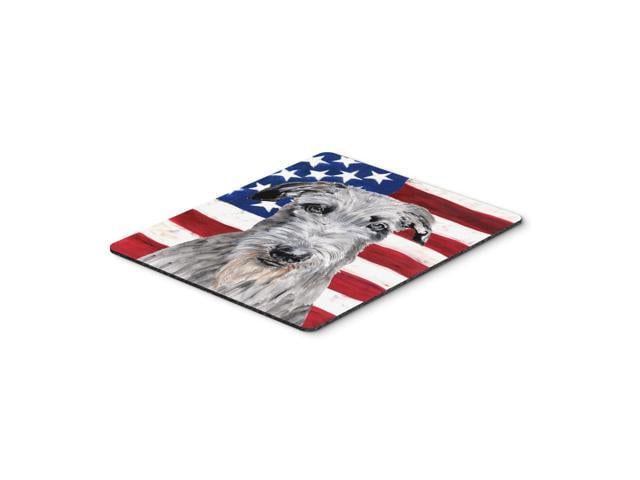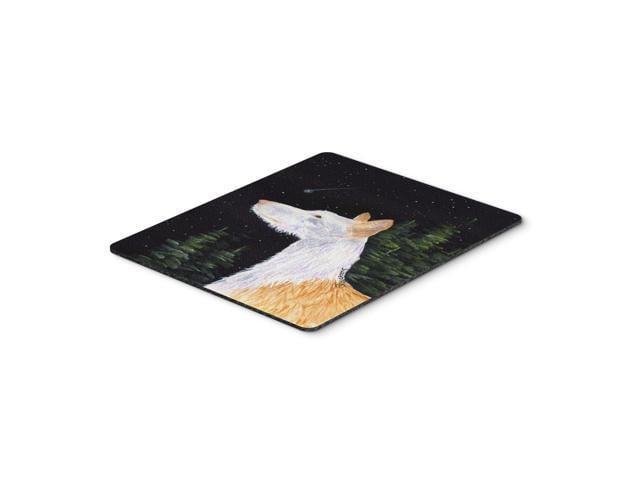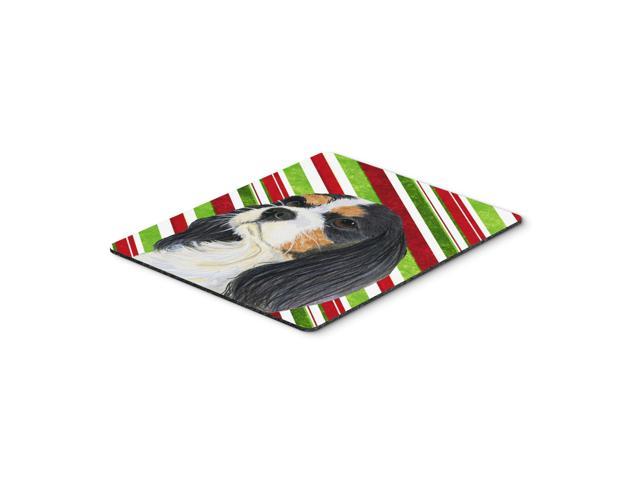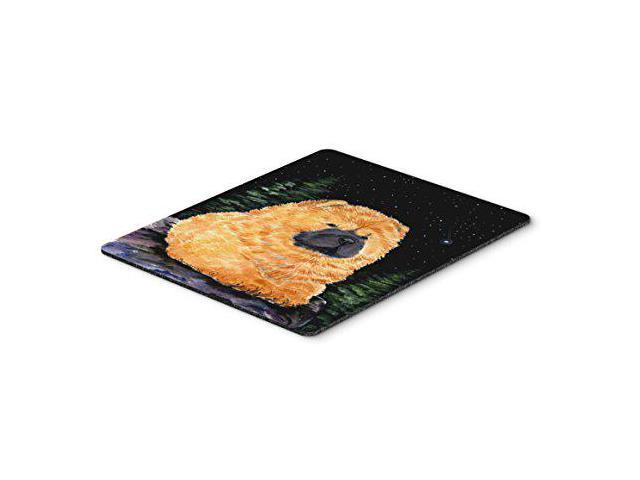Excerpt from The Military Surgeon, 1923, Vol. 53: Journal of the Association of Military Surgeons of the United States
Acting upon this hint, Flexner put Amoss and Webster upon the study of experimental or artificially induced epidemics of mouse typhoid in mouse villages during 1919 - 20. These villages were made up of cages of 5 mice each, placed arow on metal Shelves and kept sanitary by exclusion of insects and vermin and by weekly cleans ing. Thus conditions obtaining in average houses and city streets were reproduced. Spread of infection was left to accidental feed ing or transmission by the hands cleansing the cages. Exposure of the normal mice to a few mice fed on. The culture was found to set up sporadic outbreaks of low mortality and low cage-attack rates and self-limited in time. Epidemic outbreaks were induced by bringing in fresh material. As in the accidental epidemic of 1918 - 20, it was found that whenever a new increment of fresh mice was brought in, the older non-susceptible mice were attacked along with the new susceptibles. Successive epidemic waves, each self-limited in time, were set up by the repetition of this process, until different groups of old surviving non-susceptibles were wiped out, the ultimate survivors thus coming from later increments.
About the Publisher
Forgotten Books publishes hundreds of thousands of rare and classic books. Find more at www.forgottenbooks.com
This book is a reproduction of an important historical work. Forgotten Books uses state-of-the-art technology to digitally reconstruct the work, preserving the original format whilst repairing imperfections present in the aged copy. In rare cases, an imperfection in the original, such as a blemish or missing page, may be replicated in our edition. We do, however, repair the vast majority of imperfections successfully; any imperfections that remain are intentionally left to preserve the state of such historical works.















